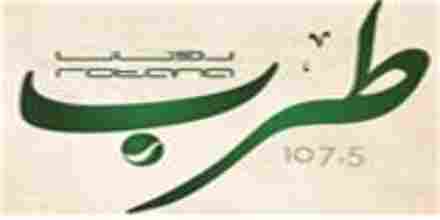Arabic music is a rich and diverse tapestry that reflects the cultural heritage and historical depth of the Arab world. Spanning across countries from North Africa to the Middle East, this genre encompasses a wide array of styles, instruments, and vocal traditions. At its core, Arabic music is known for its intricate melodies, complex rhythms, and emotive lyrics, which often draw from poetry and religious texts.
One of the most distinctive features of Arabic music is the use of maqams, a system of melodic modes that provide a framework for improvisation and composition. Each maqam has a unique scale and set of rules governing how notes can be played or sung, allowing musicians to explore a vast range of emotional and expressive possibilities. This system is fundamental to many genres within Arabic music, including classical, folk, and popular styles.
The instrumentation in Arabic music is equally diverse and colorful. Traditional instruments such as the oud (a pear-shaped string instrument), qanun (a zither-like instrument), ney (an end-blown flute), and darbuka (a goblet-shaped drum) are commonly used. The oud, often referred to as the "father of all stringed instruments," is particularly revered for its ability to produce a wide range of tones and timbres. Other instruments like the violin and saxophone have also been incorporated into Arabic music, blending traditional sounds with modern influences.
Vocal traditions in Arabic music are equally rich and varied. Singers often employ techniques such as melisma (singing multiple notes on one syllable) and microtonal inflections to convey deep emotional nuances. The human voice is considered a sacred instrument in many Arab cultures, and vocalists are highly respected for their ability to interpret and embody the spirit of the lyrics.
Arabic music has several sub-genres that reflect regional differences and historical influences. Classical Arabic music, often associated with the Andalusian tradition, emphasizes intricate compositions and virtuosic performances. Folk music, on the other hand, is more rooted in local customs and often features simpler melodies and rhythms. Popular music, influenced by Western styles, incorporates elements of rock, pop, and electronic music while retaining traditional Arabic elements.
One of the most famous forms of Arabic music is the "muwashshah," a poetic and musical genre that originated in Andalusia during the Middle Ages. Muwashshahs are known for their complex structures and sophisticated lyrics, often dealing with themes of love, spirituality, and social commentary. Another important form is the "maqam" itself, which serves as both a melodic mode and a performance practice.
The role of music in Arab culture extends beyond entertainment; it is deeply intertwined with religious and social practices. For example, Sufi music, often associated with whirling dervishes, uses repetitive rhythms and melodies to induce a state of spiritual trance. Similarly, traditional wedding songs and folk dances are integral parts of community celebrations.
Arabic music has also had a significant impact on global music scenes. Artists like Fairuz, Umm Kulthum, and Om Kalthoum have gained international recognition for their powerful vocals and emotional depth. Contemporary Arab musicians continue to innovate, blending traditional sounds with modern genres to create fresh and exciting music that resonates with both local and global audiences.
In conclusion, Arabic music is a vibrant and dynamic genre that encompasses a wide range of styles, instruments, and vocal traditions. Its rich history and cultural significance make it a vital part of the global musical landscape, offering listeners a window into the soul of the Arab world.
 Radio FaazRadio Faaz
Radio FaazRadio Faaz 3.2k
3.2k
 1
Germany Arabic
1
Germany Arabic 1.9k
Tunisia Arabic 128 kbps MP3
1.9k
Tunisia Arabic 128 kbps MP3 1.8k
Lebanon, Beirut Arabic 128 kbps MP3
1.8k
Lebanon, Beirut Arabic 128 kbps MP3































